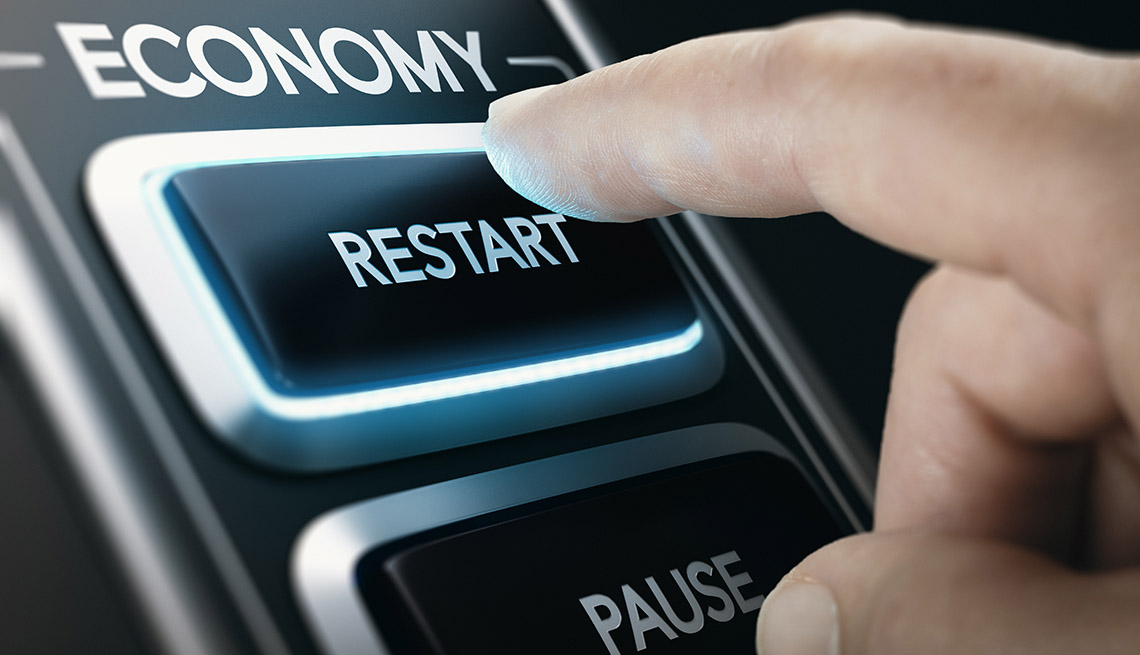
10 Tips on Post-Pandemic Spending
- Select a language for the TTS:
- UK English Female
- UK English Male
- US English Female
- US English Male
- Australian Female
- Australian Male
- Language selected: (auto detect) - EN
Play all audios:
By Bruce Horovitz En español Published May 21, 2021
Some 117 million Americans — age 50 and up — are arriving in the promised land of post-pandemic spending.
It's scary. It's exciting. It's confusing. And, yes, it's different than the world they left.
Are the actions that used to be OK pre-pandemic — in terms of spending and saving — still OK? What has changed in the world of personal finance over the past 14 months, since the pandemic
got its terrible grip on the nation? If you're an older American, are there specific actions you should be taking right now even as the pandemic clouds start to fade?
For some workers in their 50s and 60s who kept their jobs, saving money wasn't necessarily so difficult during the pandemic. For them, basic pleasures like traveling and eating out became
no-no's — and many also received hearty financial bumps from stimulus payments — so saving was easier. For others, particularly those who lost their jobs or whose businesses or incomes took
a hit, it remains a serious struggle. In either case, as the pandemic loosens its grip, it's time to rethink how to spend and save.
"The key for this group is preparing for reentry into the post-pandemic world of spending,” says Sandy Adams, partner at the Center for Financial Planning in Southfield, Michigan.
Here are 10 tips for “reentry” from five certified financial planners:
1. Have fun, but don't go crazyPeople have pent-up demand to spend on things that they haven't done for a while, like eating out, attending special events and, of course, traveling. “There's going to be a desire to break
out of the pen and go nuts,” says Adams. “My advice is to plan and go back in slowly — but don't go crazy.” Have a real plan to pay for entertainment expenses. In any event, Adams says,
don't go into debt for them.
2. Pad awayFor those folks who already were on a solid saving path and who practiced a healthy spending/saving balance, it's time to use any excess savings that you built up during the pandemic to pad
your retirement savings, Adams says. For those who might have fallen behind on their savings plans during the pandemic and who might have even been overspending during the crisis, now is the
moment to move any remaining stimulus payments still sitting in your checking account into your retirement savings account as a sort of “catch-up” contribution, she says.